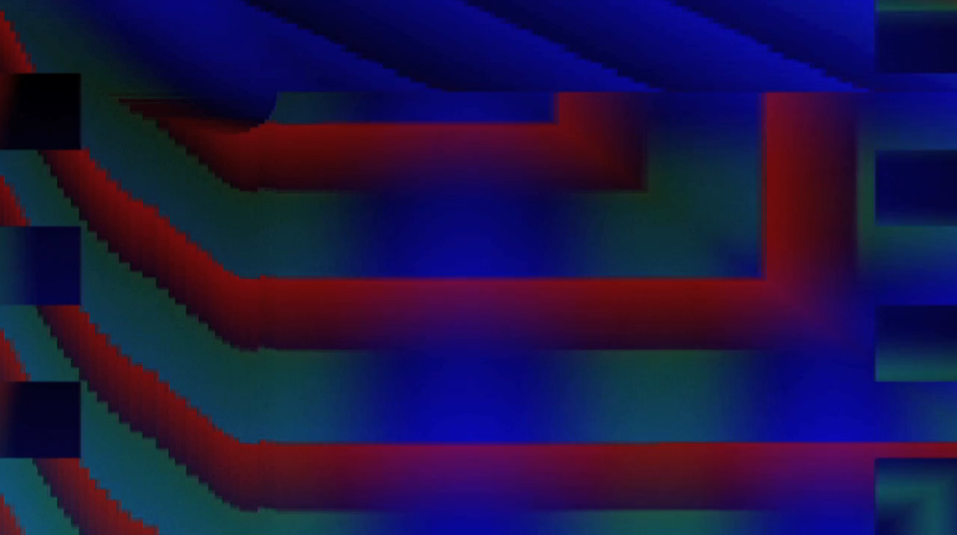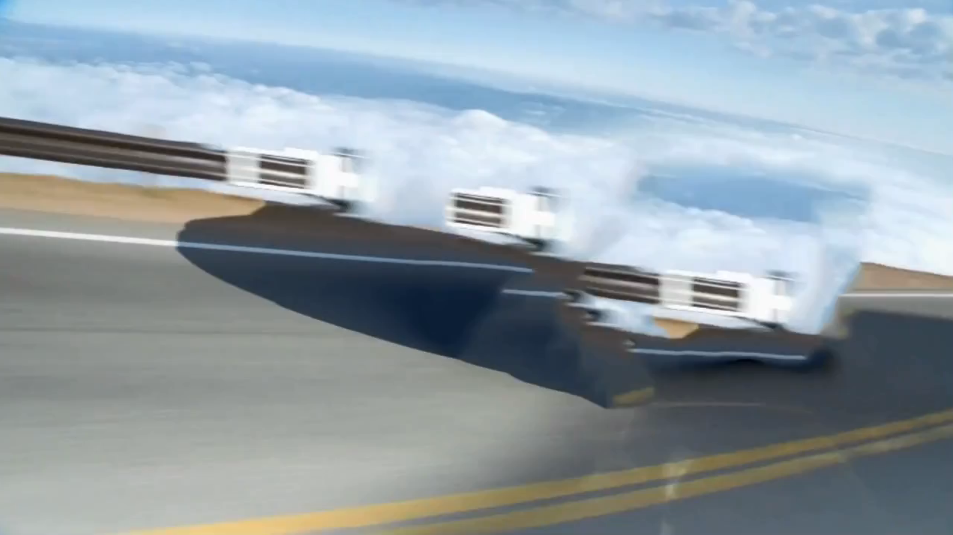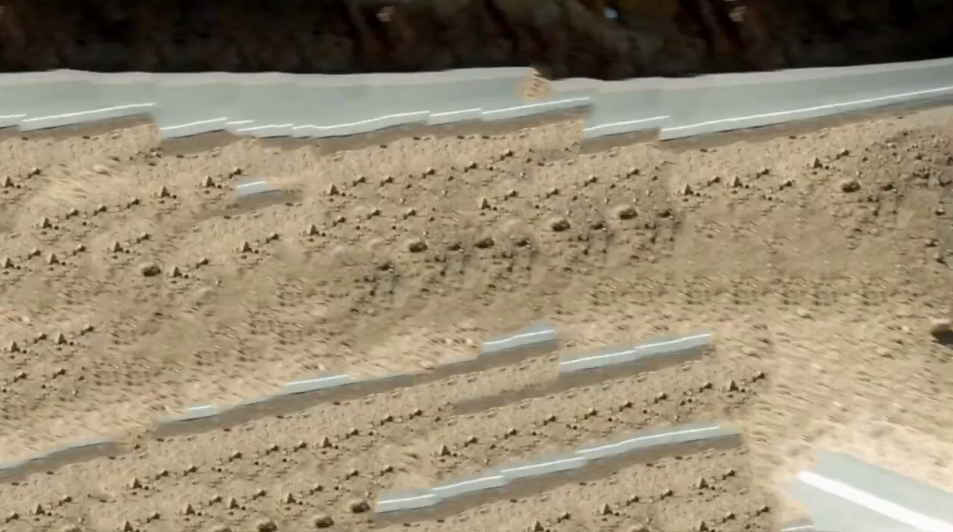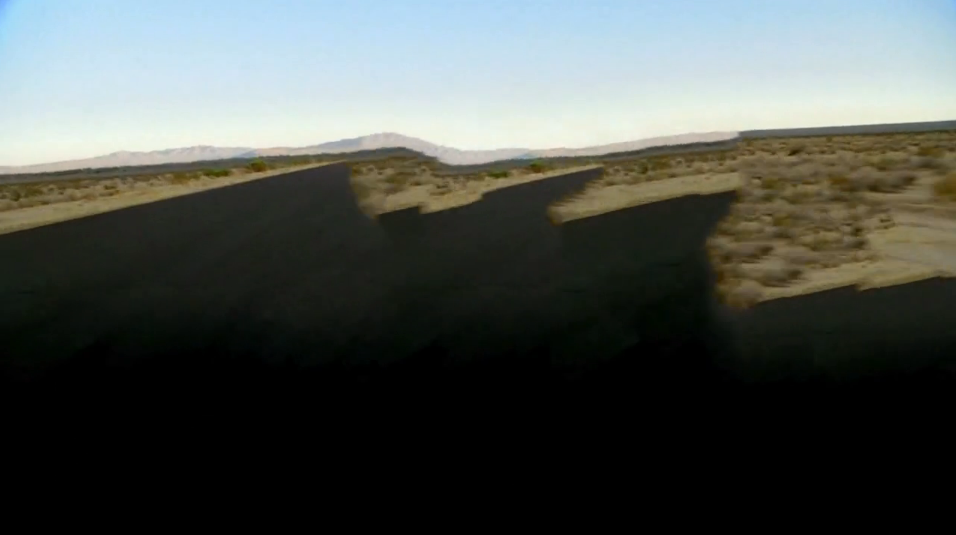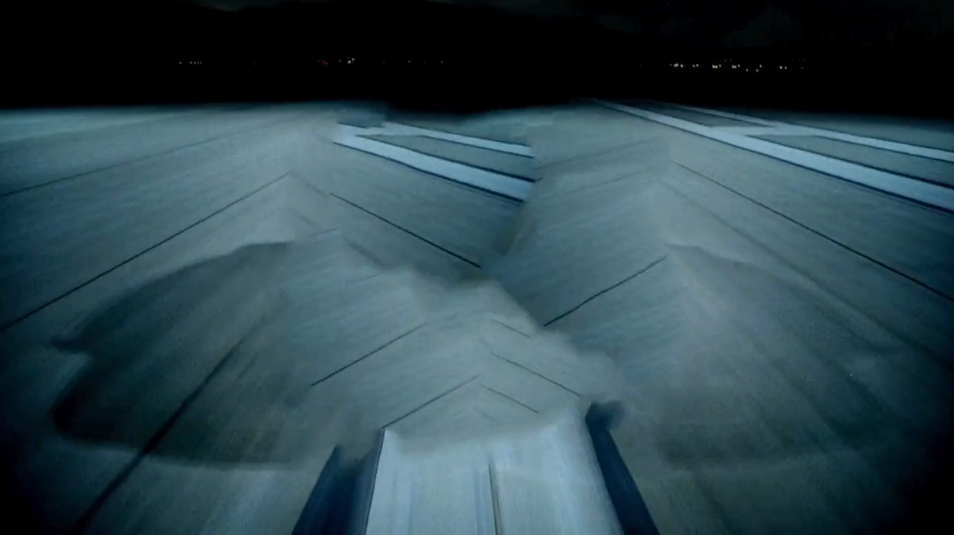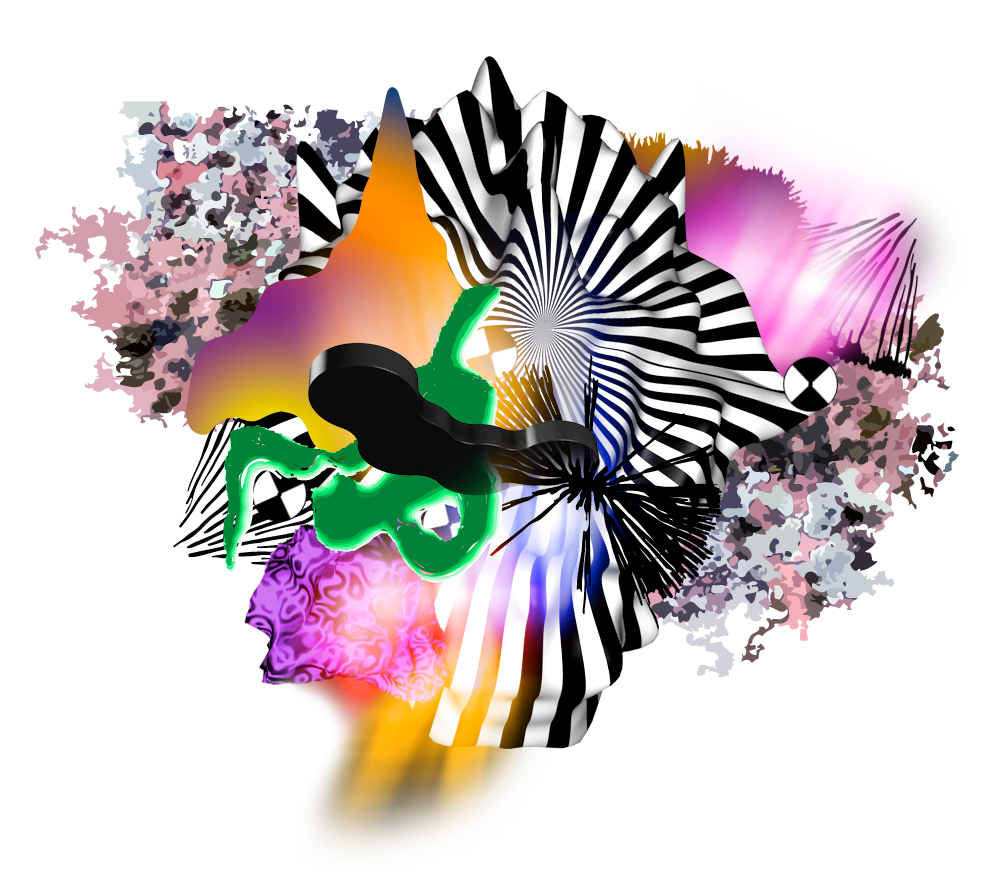![]()
Computer Graphics & Art was an excellent quarterly publication highly focused in computer graphics and computer artists who were using and experimenting with this media back in the 70's. It was produced in Chico, CA and published by Berkeley Enterprises Inc. The magazine worked for only 3 years, the time for publishing 12 great issues from 1976 to 1978. Each magazine has around 35 pages including essays, several illustrations from works and studies and descriptions from different artists such as
Manfred Mohr.
"COMPUTER GRAPHICS & ART is a new international quarterly of interdisciplinary computer graphics for graphics people and computer artists. This new periodical is aimed at students, teachers, people from undergraduate and graduate institutions, researchers, and individuals working professionally in graphics. Its topical coverage is broad, embracing a variety of fields. It is useful, informative, entertaining, and current."
compArt daDA, the database Digital Art, made a great research job compiling 11 issues of Computer Graphics & Art in good quality PDFs which can be downloaded
here. There's only missing the first issue VOL1 Nº1 which probably was published on February 1976, if someone knows anything about that first issue it would be great to complete the whole publication, let us know please! See more;
Computer Graphics & Art - May 1976
Artists featured: Georg Nees, Charles "Chuck" Csuri, Zdeněk Sýkora, Herbert W. Franke, Ken Knowlton, Edward Zajec, Roger Vilder, Thomas Michael Stephens
![]()
![]()
Computer Graphics & Art - August 1976
Artists featured: Gerhard F. Kammerer
![]()
![]()
![]()
Computer Graphics & Art - November 1976
Artists featured: Manfred Mohr, Frieder Nake, Herbert W. Franke
![]()
![]()
![]()
Computer Graphics & Art - February 1977
Artists featured: Vera Molnar, Lillian F. Schwartz, Otto Beckmann
![]()
![]()
![]()
Computer Graphics & Art - May 1977
Artists featured: Ken Knowlton, James Ver Hague, Kerry Jones
![]()
![]()
![]()
Computer Graphics & Art - August 1977
Artists featured: Herbert W. Franke, Edward Zajec, Vladimir Bonačić, Grace C. Hertlein, José Luis Alexanco, Matsuko K. Sasaki
![]()
![]()
![]()
Computer Graphics & Art - November 1977
Artists featured: A. Michael Noll, Vladimir Bonačić, Grace C. Hertlein
![]()
![]()
![]()
Computer Graphics & Art - February 1978
![]()
![]()
![]()
Computer Graphics & Art - May 1978
![]()
![]()
![]()
Computer Graphics & Art - August 1978
Artists featured: Goran Sundqvist
![]()
![]()
![]()
Computer Graphics & Art - November 1978
![]()
![]()
![]()
![]()






